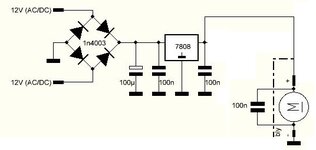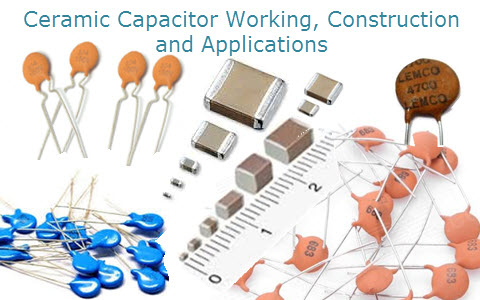neazoi
Advanced Member level 6

Hi I have this little circuit driving a small toy DC motor at a fixed 8v.
I want to minimize the RF noise coming out of the motor.
I have connected a 100nF across the motor contacts but it did not help much.
The noise radiates through the cables feeding the circuit with 12V (left of the bridge). It radiates all the way until the cables reach my lab PSU.
I was thinking of adding some kind of LC filter prior to the bridge circuit (I have many 10mH molded chokes that I can use for the purpose), but I am not sure if this will help.
I do not want to use a common mode choke because these are too large for this project.
Any ideas?
I want to minimize the RF noise coming out of the motor.
I have connected a 100nF across the motor contacts but it did not help much.
The noise radiates through the cables feeding the circuit with 12V (left of the bridge). It radiates all the way until the cables reach my lab PSU.
I was thinking of adding some kind of LC filter prior to the bridge circuit (I have many 10mH molded chokes that I can use for the purpose), but I am not sure if this will help.
I do not want to use a common mode choke because these are too large for this project.
Any ideas?



